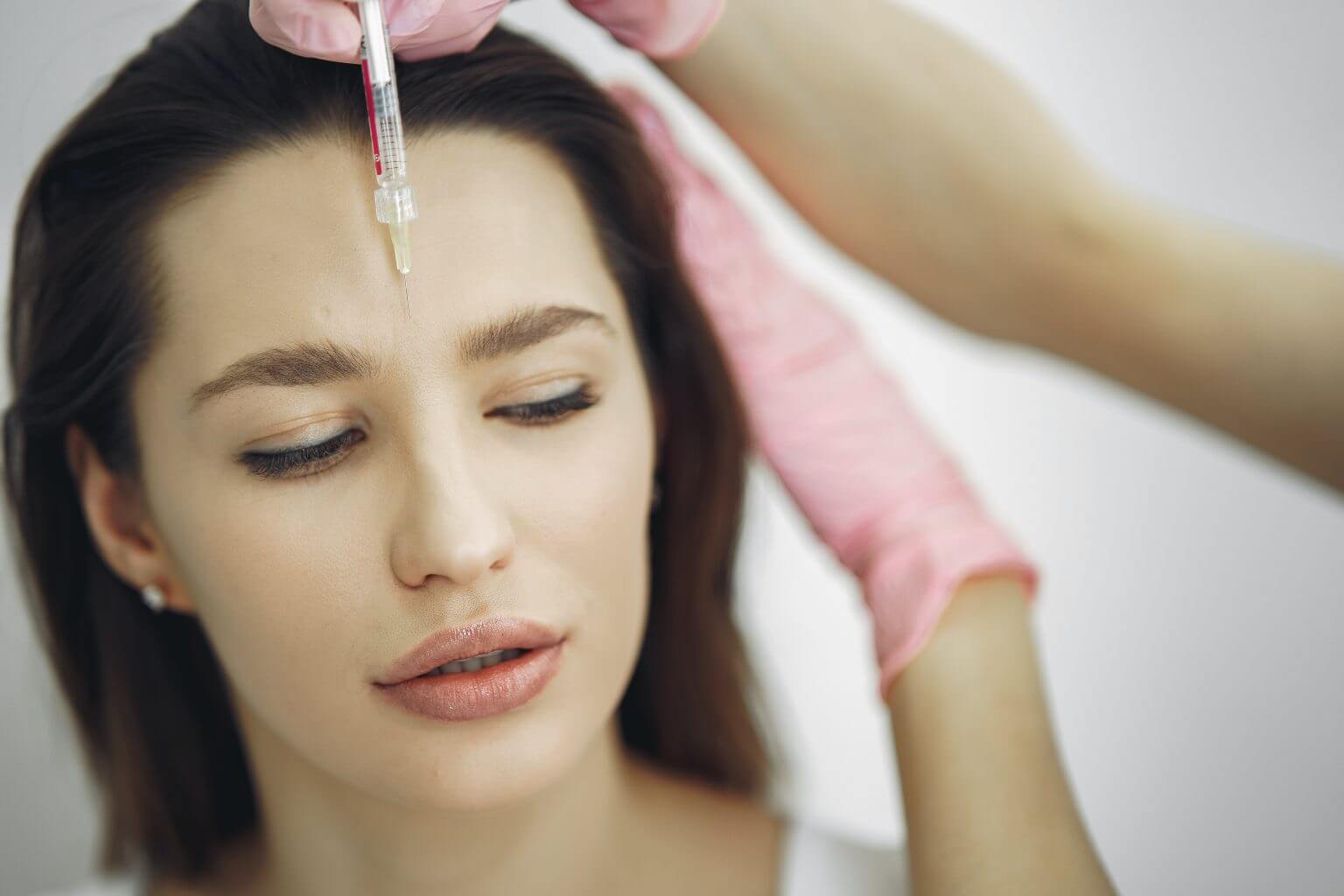
Pain during Botox injections is often minimal. The needle used is very thin. It enters the skin with little resistance. Patients usually describe a quick pinch. Others compare it to a mosquito bite. The sting fades within seconds. Most people tolerate it without flinching. No numbing cream is typically required. The entire process feels brief and controlled.
Areas like the forehead and between the brows are more sensitive to the needle entry
Not all injection sites feel the same. The forehead has more nerve endings. The glabella, between the brows, is another sensitive area. These regions may sting slightly more. The pain still doesn’t last. Ice can be used to numb the skin beforehand. Some clinics apply cooling tools to reduce sensation. The discomfort never lingers beyond the moment.
The needle doesn’t go deep into tissue, reducing the chance of significant discomfort
Botox injections are intramuscular but shallow. The needle doesn’t penetrate deep tissue layers. It enters just enough to reach muscle fibers. There’s little pressure involved. No heavy sensation accompanies the injection. Bruising is rare when done correctly. Most patients feel pressure more than pain. The short depth reduces overall discomfort.
Pain tolerance varies by individual and may affect perception of each injection
What one person calls mild, another finds intense. Pain perception is individual. Previous experience with injections shapes expectations. Anxiety can heighten sensitivity. Calm environments help lower perceived pain. Trust in the injector also matters. When relaxed, muscles absorb the needle better. Less tension means less discomfort during treatment.
Experienced providers use distraction techniques and smooth, confident movements
Skilled injectors minimize pain through technique. They use steady, fluid motions. No hesitation or fumbling occurs. Some talk to distract during the injection. Breathing guidance helps focus elsewhere. The process becomes part of a larger rhythm. Even nervous patients report surprise at how easy it feels. Training directly impacts the pain level.
Some patients use topical numbing agents, though most don’t find them necessary
Numbing cream is optional. Clinics may apply it upon request. It needs time to activate. Usually, 20 minutes before treatment is enough. Still, most skip it entirely. The pain level doesn’t demand pre-treatment for most. For those with needle sensitivity, it offers reassurance. It doesn’t eliminate all feeling but dulls the surface sting.
Ice can reduce sensation and also minimize bruising after the injections
Cold compresses help both before and after. Icing the area reduces nerve sensitivity. It constricts blood vessels. That lowers the risk of bruising. Ice numbs the skin briefly. It’s applied for seconds before each injection. This can make the entry feel less sharp. Clinics may offer cold rollers or ice packs. They’re safe and effective.
Some describe muscle tightness or dull aching hours after the procedure
Pain doesn’t always come during injection. Some patients feel soreness later. This isn’t sharp pain. It’s more like muscle tightness or dull pressure. Treated areas may feel heavy for a few hours. This fades within a day or two. It’s not severe or limiting. Over-the-counter pain relievers aren’t usually needed. Movement doesn’t worsen it.
Headache is a rare side effect that some experience temporarily after forehead injections
Forehead treatments may cause mild headaches. This happens in a small number of cases. It isn’t long-lasting. The sensation feels like tension. It may stem from muscle adjustment. As Botox takes effect, tension redistributes. The headache subsides on its own. Hydration and rest often help. Very few need medication.
Pain increases if the muscles are tense or the patient moves during treatment
Tension raises pain sensitivity. Moving muscles during injection increases resistance. This creates added pressure. Relaxation matters. Stillness allows for clean entry. Tense muscles press against the needle. Patients who stay calm experience less discomfort. Breathing exercises help prepare for each injection. Mindfulness before the session helps.
The upper lip and around the mouth are more sensitive due to thinner skin and active muscles
Some treatment areas are more delicate. The upper lip has thinner skin. Muscles here move constantly. Injections in this region can feel sharper. Botox for a gummy smile or lip flip may sting. The sensation is brief but noticeable. Most clients tolerate it well. Talking afterward might feel strange for a few minutes.
The neck and jawline may feel sore longer due to larger muscles being affected
Larger muscles hold more tension. The neck and jawline are strong zones. Botox weakens them temporarily. This change can feel sore. Some patients notice tightness while chewing or turning their head. It fades with time. It doesn’t interfere with daily activities. Gentle massage is not advised after injection.
The process is fast enough that discomfort usually ends before the patient reacts
Speed plays a role in comfort. Injections are done quickly. Each site takes a few seconds. The overall treatment often lasts under ten minutes. There’s no time for prolonged discomfort. Before pain registers fully, the process moves on. This keeps patients at ease. Many say it’s over before they expect.
Redness or swelling might appear but doesn’t equal pain in most cases
Visual reactions happen sometimes. Small red dots or swelling may show. These aren’t painful. They result from the needle entry. The skin recovers fast. Makeup can be applied after a few hours. The sensation doesn’t match the appearance. Redness isn’t a sign of injury. It fades naturally.
The face may feel different as muscles begin to respond to the treatment
Sensation shifts during the first few days. Muscles slowly change their activity. This feels unfamiliar. It’s not painful but strange. Some describe it as a “heavy” or “numb” feeling. Smiling or frowning may feel altered. This is expected. The adjustment doesn’t involve pain. It’s the result of muscle relaxation.
Some patients feel a sense of pressure rather than a traditional needle prick
Not all pain feels sharp. Some describe it as pressure. The sensation may feel like pushing. Not stabbing or cutting. It’s subtle. The skin doesn’t resist much. The depth is shallow. No deep nerves are hit. The pressure sensation is tolerable. It vanishes within seconds.
Bruising may feel tender, but it occurs rarely when injections are done properly
If a blood vessel is touched, bruising may follow. This can cause mild tenderness. It’s uncommon. Skilled injectors avoid high-risk zones. When it happens, the bruise isn’t painful for long. It heals within days. Applying ice helps. Makeup conceals it easily. It doesn’t affect the results.
Patients anxious about needles often feel more comfortable after the first injection
Fear is common before treatment. Once the first injection happens, relief follows. Most people are surprised. They expected worse. The sensation is brief. Anxiety fades as treatment continues. Some ask if the provider has already started. Familiarity makes future sessions easier. Needle phobia often dissolves with experience.
Pain rarely limits anyone from returning to work or daily life immediately afterward
Recovery is immediate. No downtime is required. Pain doesn’t interfere with activities. Patients drive, work, or socialize afterward. There’s no need for rest. Makeup and skincare resume the same day. Botox doesn’t disrupt routine. The ease of recovery is one reason it’s so popular.
